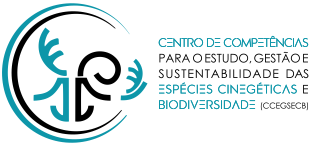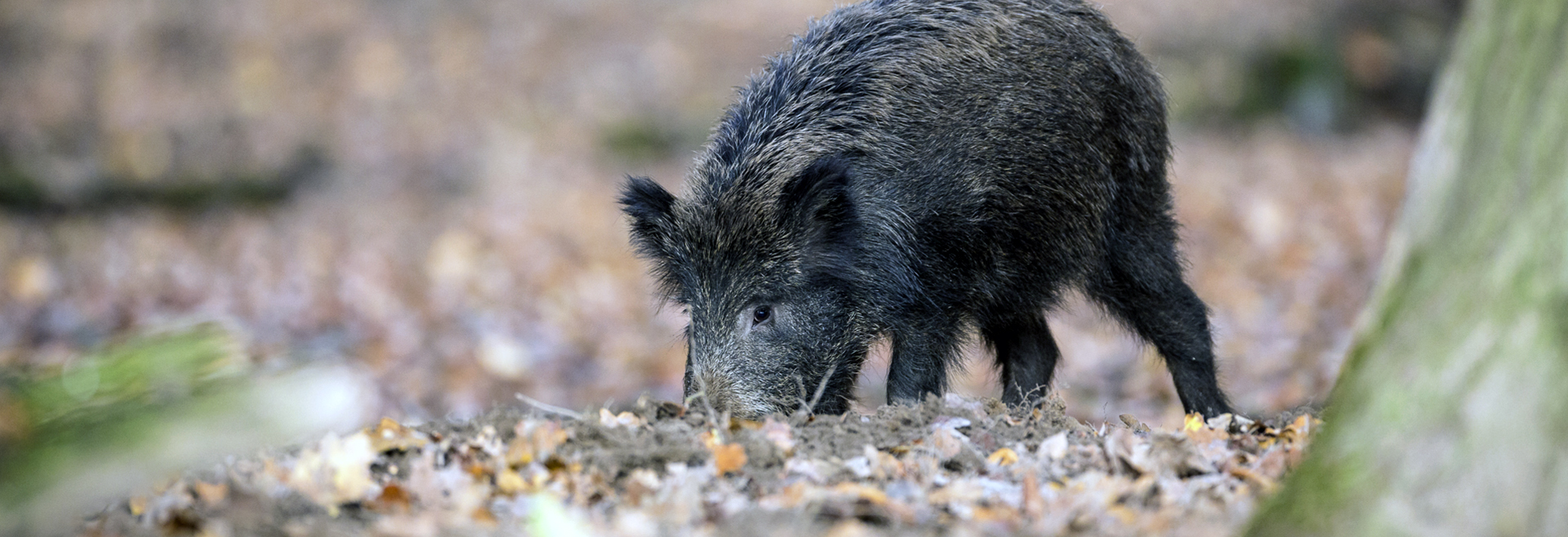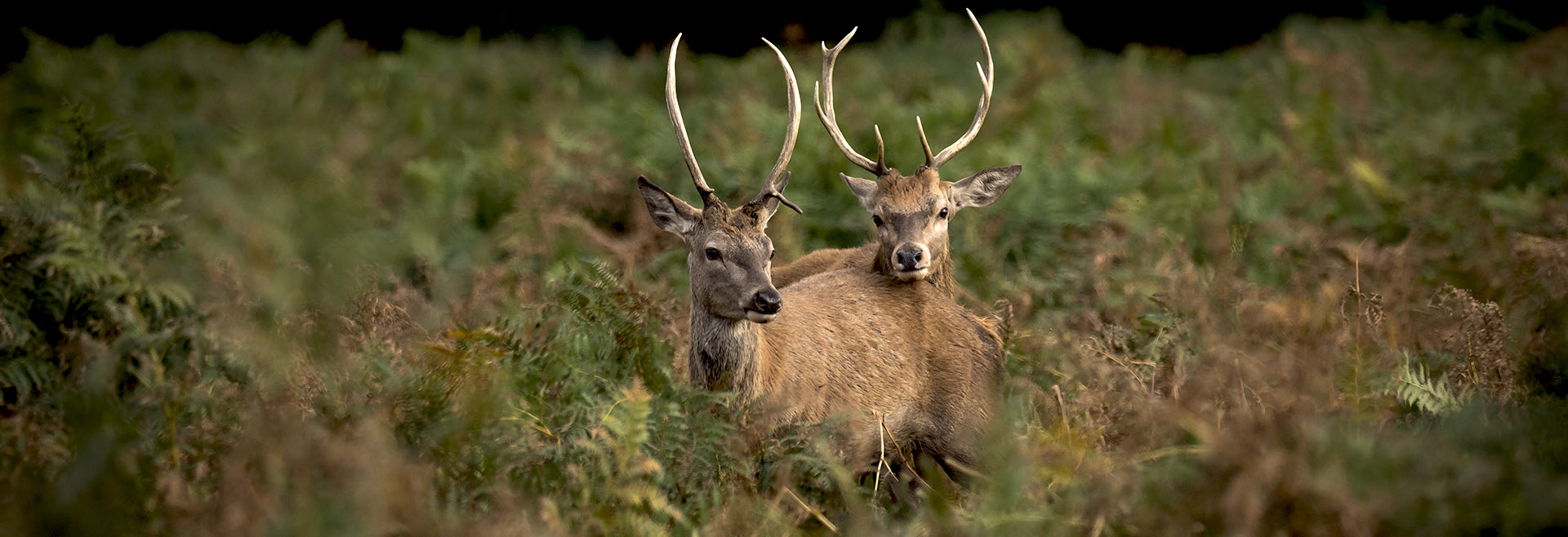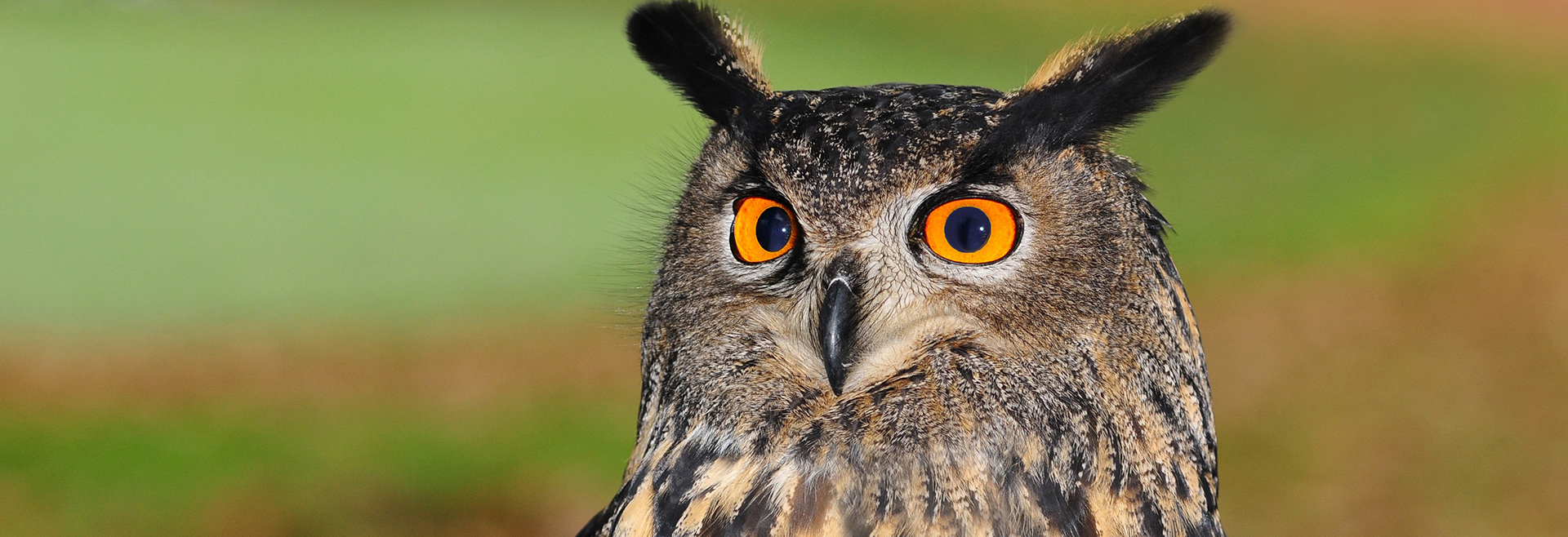Overview and Challenges of Molecular Technologies in the Veterinary Microbiology Laboratory
-
Volume e PáginasIn Veterinary Infection Biology: Molecular Diagnostics and High-Throughput Strategies (pp. 3-17). Humana Press, New York, NY.
Terrestrial, aquatic, and aerial animals, either domestic or wild, humans, and plants all face similar health threats caused by infectious agents. Multifaceted anthropic pressure caused by an increasingly growing and resource-demanding human population has affected biodiversity at all scales, from the DNA molecule to the pathogen, to the ecosystem level, leading to species declines and extinctions and, also, to host-pathogen coevolution processes. Technological developments over the last century have also led to quantic jumps in laboratorial testing that have highly impacted animal health and welfare, ameliorated animal management and animal trade, safeguarded public health, and ultimately helped to “secure” biodiversity. In particular, the field of molecular diagnostics experienced tremendous technical progresses over the last two decades that significantly have contributed to our ability to study microbial pathogens in the clinical and research laboratories. This chapter highlights the strengths, weaknesses, opportunities, and threats (or challenges) of molecular technologies in the framework of a veterinary microbiology laboratory, in view of the latest advances.
-
Palavras-chaveMolecular diagnostics, Veterinary microbiology, Nucleic acid testing, Animal health, Animal welfare, Public health, Biodiversity, Validation, In-house, Molecular assays, Quality assurance, Quality control






















